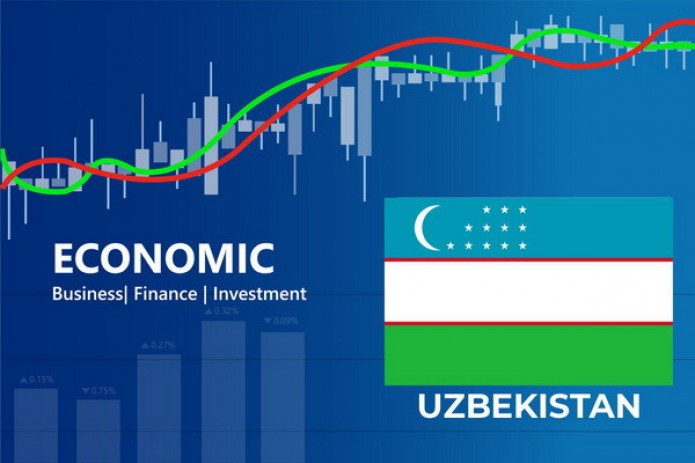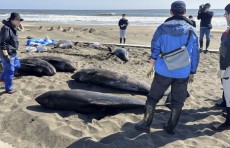Raiffeisen Research recognizes similarities between Uzbekistan and Poland
Raiffeisen Research recognizes similarities between Uzbekistan and Poland

Raiffeisen Research, a division of Austria’s second largest bank has found similarities between Uzbekistan and Poland. In its latest report titled “Uzbekistan Economic Insights: On the footsteps of Poland and Ukraine”, the compilers of the report said: "On the back of a solid reform agenda Uzbekistan established itself in somewhat exaggerated terms as "Poland" of Central Asia. The country consistently outperformed on the economic growth front and managed to avoid an outright recession in 2020 in the context of the COVID-19 crisis (as Poland did during the Global Financial Crisis)".
“Uzbekistan benefited from the fact that in 2020 imports slumped more than exports, which are traditionally more resilient, thus supporting the external contribution to GDP. However, the corona crisis is also well under control. According to international statistics, we currently count ~94,000 accumulated COVID-19 cases vs. 600,000 in Central Asia on average. Currently, there are no explosive dynamics in COVID-19 cases. Therefore, the limited vaccination rate is possibly less of a risk factor than elsewhere”, they added.
According to the document, the successful economic performance of recent years and the positive outlook were based on a resolute economic reform course which has been consistently pursued since 2016/2017. If this course is continued, the considerable growth and convergence potential in the country could be further tapped. Uzbekistan currently accounts for around 1% of economic output in the CEE region, with a population share at around 7%.
The report forecasts key interest rate in the country to remain well above 10% in 2021 and 2022. In addition to containing inflation and the strong lending cycle, this would also flank the opening of the local capital market to foreign investors well and at the same time might help to avoid strong currency fluctuations — even if a moderate trend currency devaluation could hardly be avoided in light of high inflation differentials.
“Uzbekistan needs continuous capital inflows on the reform path it has embarked on and intact investor confidence to sustainably finance the investments and current account deficit expected in such a process. But the country is also well-prepared for any hick-ups during its transformation journey, with gold and foreign exchange reserves amounting to about $33bn, or roughly 60% of GDP, with 16-20 months of import cover”, the document notes.
“The invite for foreign capital in the banking sector resonates well with the generally growing appetite for Uzbek risk by international investors. Foreign banks have unmistakably increased their exposures towards Uzbekistan significantly in recent years. Apart from the successful Eurobond placings worth nearly $3bn in 2019-2021 YTD (sovereign, banks and corporates), there has been a steep rise in cross-border banking claims on Uzbekistan by both BIS-reporting and Russian lenders, up to $7bn together. In this regard, the steady inflow of wholesale funding mitigates still rather narrow local deposit base of Uzbek banks (the sector’s Loan-to-deposit ratio stands at ~250%). In the long term, the trend of exposure increases at foreign banks is even more impressive. Western banks have increased their exposures towards Uzbekistan by a factor of 6-7 increased from just under 1bn in 2012 to almost $6bn by the end of 2020”, it concludes.





.png)



















